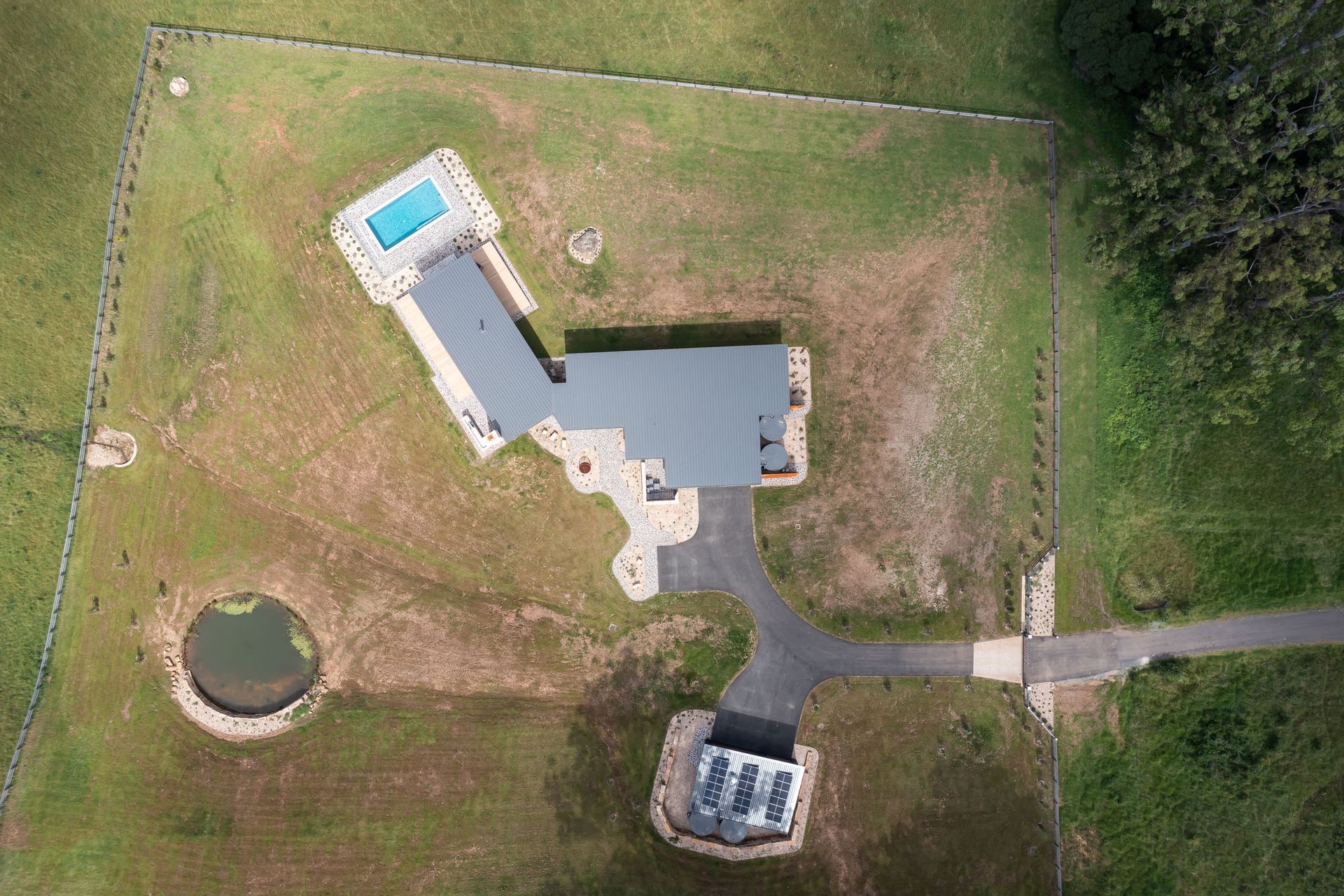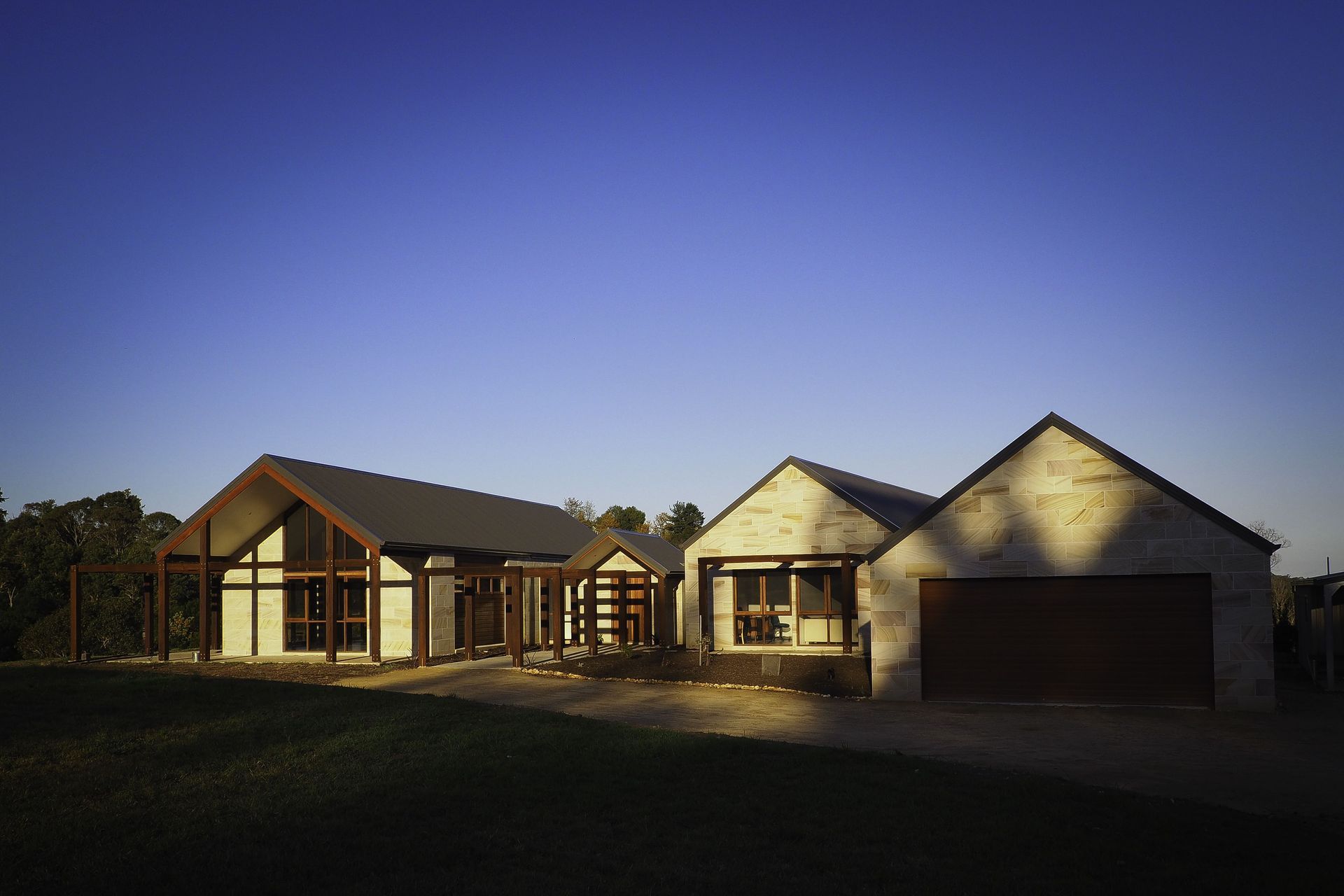How to choose a site to build your home on
Written by
07 November 2022
•
6 min read

The site you choose to build on will influence the architecture and structure of your home and the complexity of your build. As such, it’s integral that you put a lot of thought and consideration into choosing a block of land to buy.
Metrics to measurement the suitability of a site
Once you have a general idea of the location in which you want to live, the next step is identifying a site that suits your purposes. Shape, size, orientation, shade, slope and geology are criteria against which you should grade the suitability of your site. Keep your desired style of house front of mind when evaluating these factors as the shape, slope, orientation and climate of your chosen site will influence not only the physical shape and appearance of your home, but its passive thermal performance.
Furthermore, as homes are generally built with a 50-year life expectancy, you should factor in the effects of climate change. That is, how could climate change affect your site over time and how can you mitigate those risks? These risks can include fire, flooding, erosion and other extreme weather events. Visiting your site at different times of the day or year will also give you an opportunity to experience the kind of weather conditions you can expect.

Identify boundaries and easements
Boundary lines, or property lines, define the extent of the legal limits of ownership of your parcel of land. If the boundaries of your potential property haven’t been defined with pegs or fencing, you can obtain information about your boundary lines in the title documents, or by hiring a surveyor.
Determining whether there is an easement on your property is of similar importance. An easement means another party has the right to cross your land or use it for a specific purpose – and if there is such an arrangement it should be in the details of your land title. This can include access to utilities such as water, gas, sewage, electricity and telecommunications. Under some circumstances an easement can be relocated or removed, however this will need to be negotiated with the other interested party and may require legal intervention.

Take note of the landscape
If your chosen property has lots of naturally occurring stone, oversized rocks, vegetation, tall trees and other natural formations, you should check local council restrictions for removing or changing them. Some councils may allow for plant and earthworks to take place, while others may not, and these restrictions can drastically affect your house plans and construction. Furthermore, if you can remove these natural obstructions, it is essential to familiarise yourself with the price of hiring professionals to do so, as the cost of earthworks and removing trees can be expensive.

Evaluate the soil
The soil type of the land will often determine the type and depth of a foundation for a home. A good rule of thumb is to have a strong understanding of the soil type of your chosen site and what it will mean for the construction of your home. A soil engineer can carry out a soil test to identify the composition of the land and if it can support the foundation of a structure. A soil test is also required for obtaining a building permit for your project, and many builders have standardised tests that allow your builder to create accurate construction cost estimates.
Read now: What you need to know about renovating a heritage home in Australia

Confirm access to services and utilities
When building upon a bare block of land it is imperative that you can confirm your proposed build will have access to basic necessities such as water, sewer and stormwater drainage, electricity, gas and telecommunications services. The availability of these services on your land will contribute to the overall cost and complexity of your project, and how it is connected to those services. Also take note of any overhead power lines, as many people will avoid living under them and this could negatively impact the resale value of your property in the future.
Read now: How to disaster-proof your home against flood, cyclone or fire

Due diligence
Before purchasing a plot of land – particularly if you are doing so due to the views, tranquillity or seclusion – it's worthwhile investigating what can be built on neighbouring properties, or if neighbouring properties have been zoned for industrial or multi-level residential development. A quick and simple way of finding this information is by getting in contact with your local council or searching online for a planning report. You should also confirm your right to build on the block via a building or development approval. It's best to discover any issues that might prevent you from building upon the land prior to buying it, and the local council town planning department can provide you with this information.

Get expert advice
A site that is particularly challenging due to size, shape, slope or accessibility may require a more complex and creative building solution than first anticipated in order to achieve a functional, energy-efficient and aesthetically pleasing home. As such, when seeking out the right site for your build, it is good to have the advice of a design expert or builder on hand to guide your decisions. It’s also advisable to check if there are any covenants in place on the land, such as restrictions on the building materials you can use or how the land can be developed.

How to buy a parcel of land in Australia
The finer details of what you need to do to legally purchase a parcel of land in Australia may vary between states and territories, however the basics are largely the same. You will need to have your financial arrangements pre-approved before signing a contract of sale. Once both the seller and purchaser have agreed to the conditions of sale, both will sign and date the contract of sale document and the purchaser will then pay a deposit. A settlement agent or solicitor can be a useful person to engage during this process as they can handle all the paperwork involved with your purchase and clarify any special terms or conditions of the sale.
Once your loan arrangements have been finalised and your mortgage documents signed, you will then need to sign a Transfer of Land document that will be registered with the Land Titles Office/Register of Title by the owner or developer of the land. Once the land is officially yours, you should be presented with a Land Title, an official record of your ownership of the land.
Learn more about building a new home in Australia on ArchiPro.